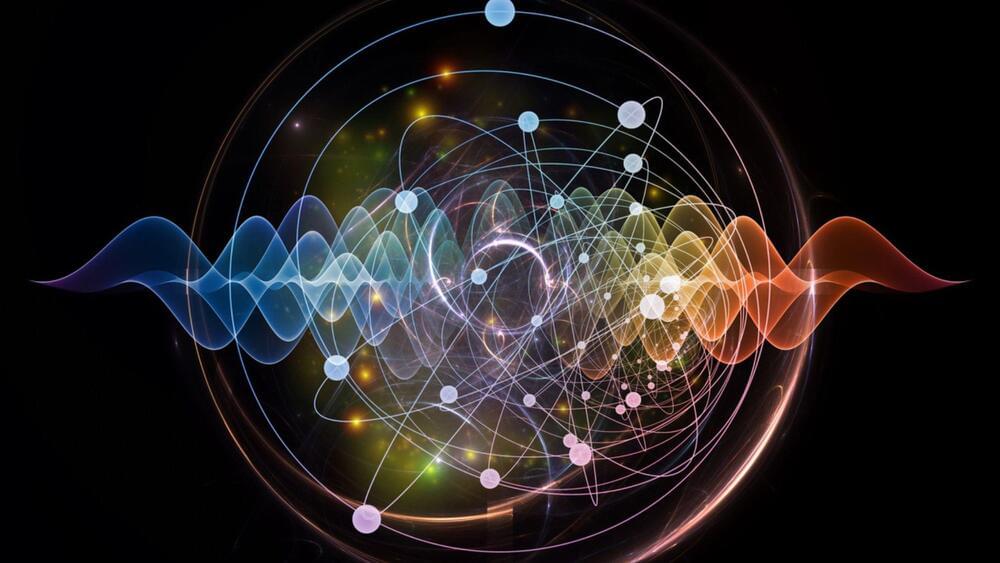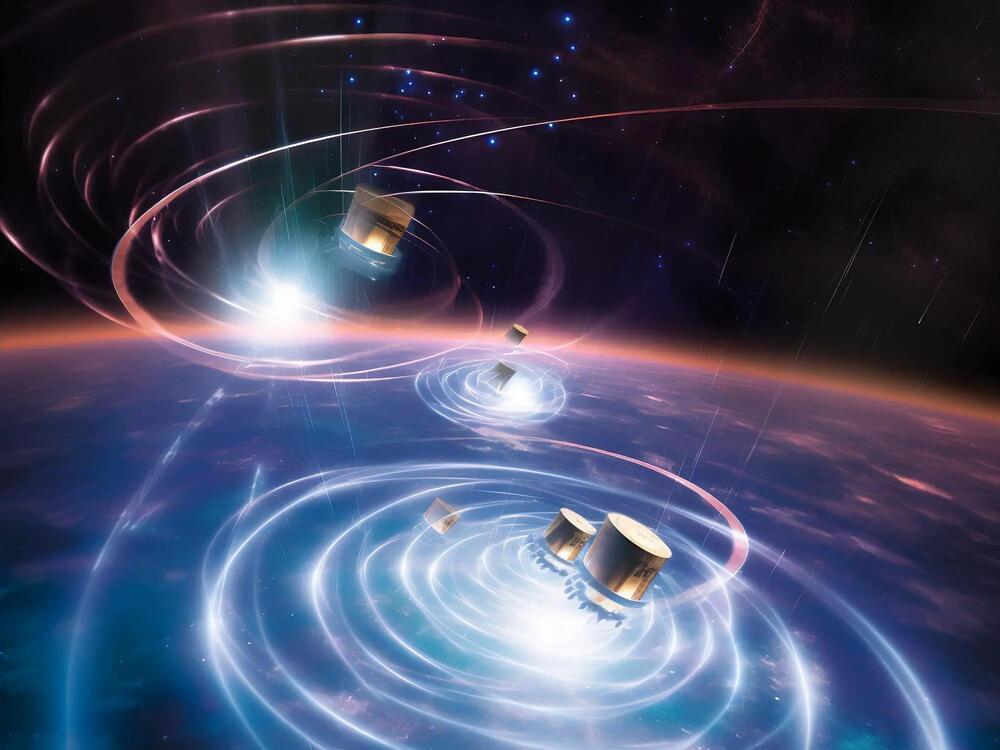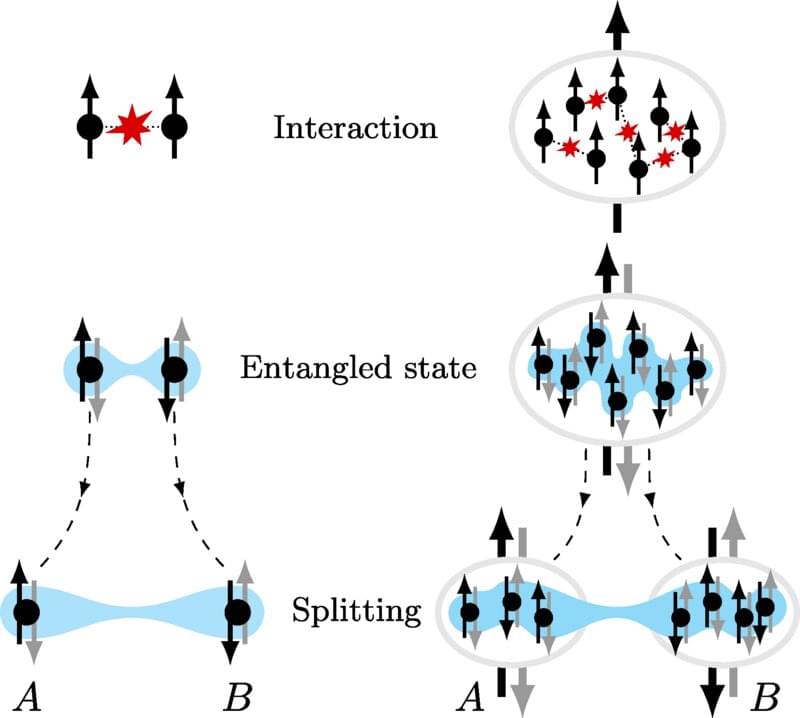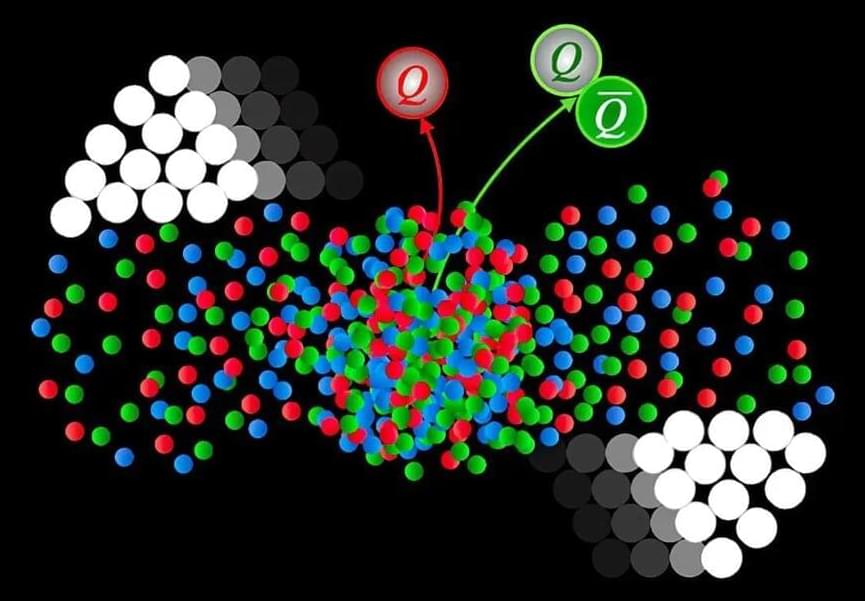A team of theoretical and experimental physicists has made a fundamental discovery of a new state of matter.
In our day-to-day life, we encounter three types of matter—solid, liquid, and gas. But, when we move beyond the realm of daily life, we see exotic or quantum states of matter, such as plasma, time crystals, and Bose-Einstein condensate.
These are observed when we go to low temperatures near absolute zero or on atomic and subatomic scales, where particles can have very low energies. Scientists are now claiming that they have found a new phase of matter.







